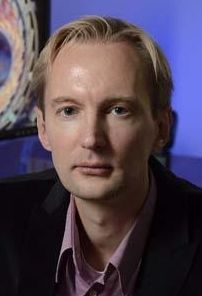
102 Cardwell Hall
The Higgs boson discovered at LHC during its first run six years ago is a fundamentally new state with the spin-parity properties of the empty space, or vacuum. Understanding the vacuum filled with the Higgs field requires deep experimental measurements and has implications for solving cosmological puzzles of our Universe. The second run of LHC is coming to an end as we speak, and LHC has delivered a number of proton-proton collisions well beyond expectation. We will review briefly how we arrived to the discovery on LHC and discuss what we are learning from those collisions: Higgs field interaction with gauge bosons (weak force), with fermions (matter), self-interaction, and search for an extended Higgs sector. Prospects of the Higgs physics at future runs of LHC and other facilities will be discussed.